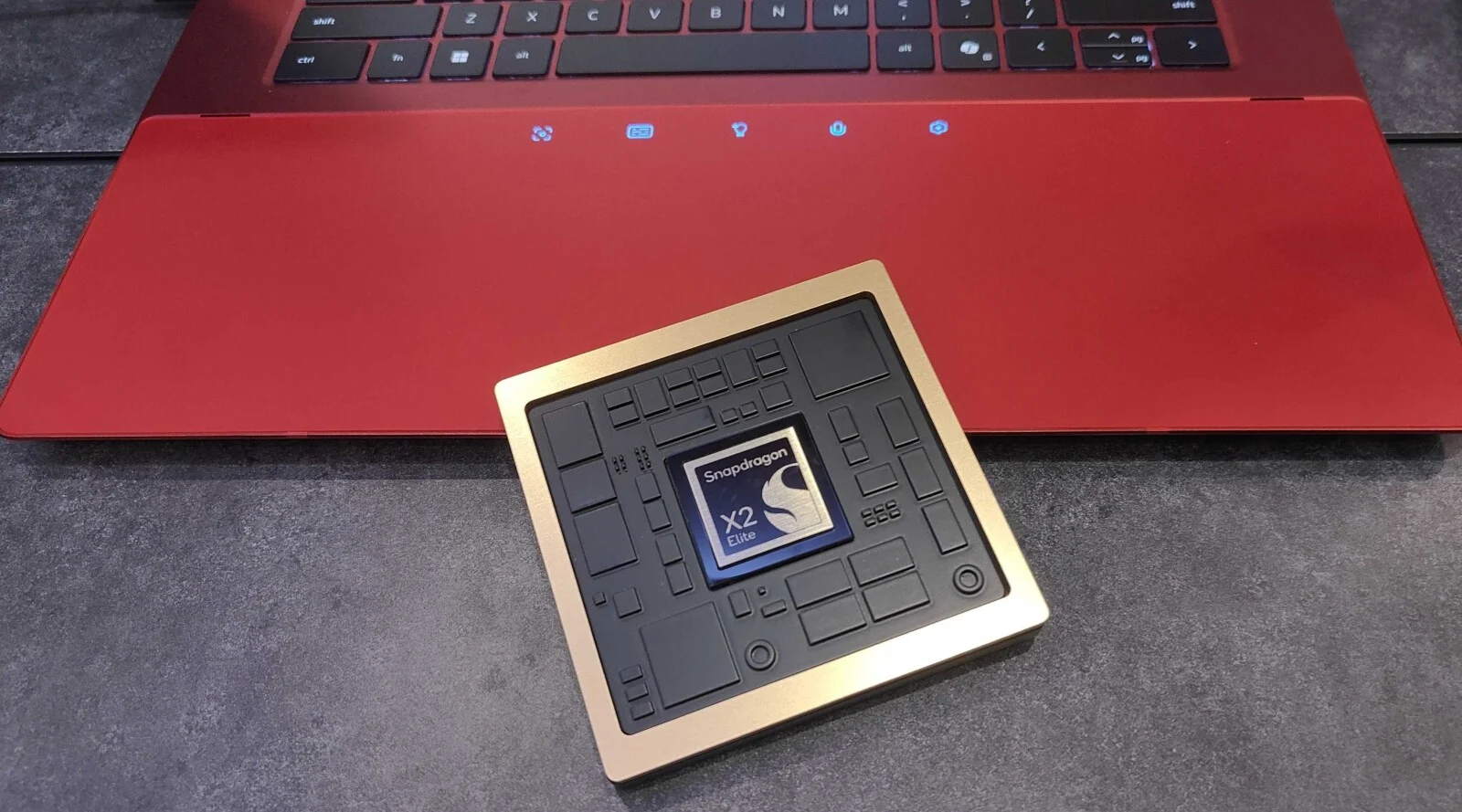On April 24, 1990, the Hubble telescope left the surface of the earth aboard NASA’s Space Shuttle Discovery. The event took place after several years of careful planning and continuous development.
The initial phase of Hubble’s journey was filled with delays and issues; however, eventually it managed to defeat all those hurdles and provide us with some of the most revolutionary scientific discoveries ever. Additionally, since its launch 25 years back, Hubble has captured a series of historic photographs of space dust, nebulae, galaxies, planets and more.
Initially, it was told that Hubble has a lifespan of ten year; the legendary telescope didn’t only manage to outlive its ten-year lifespan, but became the biggest name as far as telescopes are concerned.

Let us provide a brief description of the telescope and its journey for those who have not followed Hubble’s deeds all these years. The Hubble Space Telescope, which is often abbreviated as HST, weighs 11 ton and is as big as a bus. The telescope orbits our planet at a height of 340miles and is located around 100miles above the ISS (International Space Station).

It moves at a speed of 17,000 mph, which makes it fast enough to circle Earth in around 97 minutes. This means Hubble can circle our planet around 15 times every day.

The HTS is equipped with a wide range of solar-powered instruments; these instruments are capable of capturing photographs of space in presence of ultraviolet light, near-infrared wavelengths and visible light.

Here, it must be mentioned that if the telescope was ground-based, the majority of the instruments it comes equipped with would have been more or less useless. All these devices can complete their jobs flawlessly as they are located much beyond Earth’s atmosphere; for those who don’t know: the atmosphere is the main culprit behind producing a distorted view of the universe for us.
http://thehoopsnews.com/2015/04/26/4604/scientists-going-crazy-over-dark-matter-existence-it-has-dark-side-too/
Another interesting fact about Hubble is that none of the cameras it carries can capture photos on their own. We all know that regular cameras require lenses for operating; similarly, cameras in the HST require mirrors for working.
Other than capturing stunning space photos, the Hubble Space Telescope also analyze data gathered from those photographs.








Add Comment